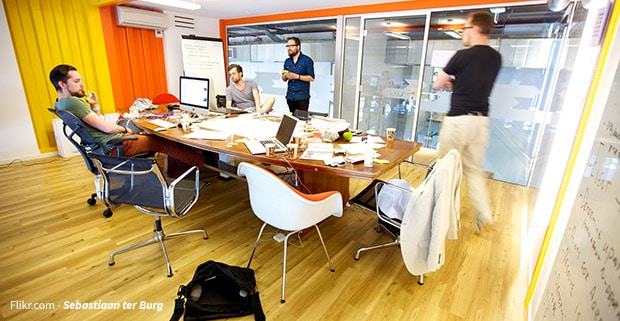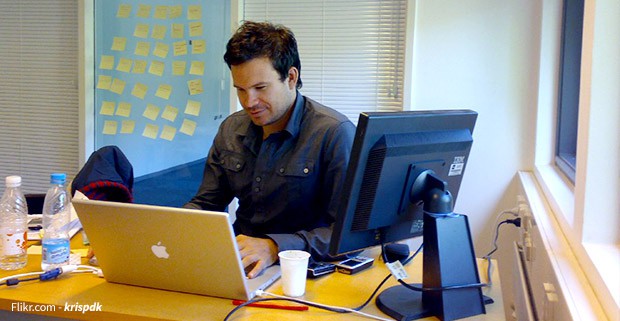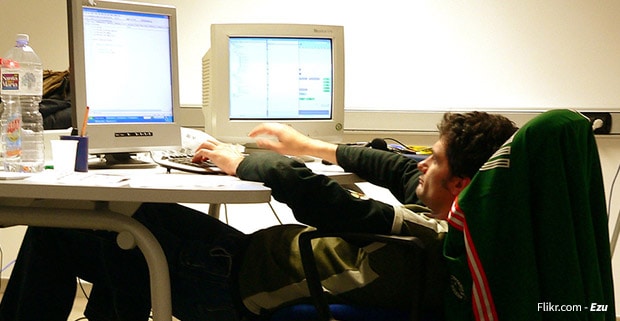
Much like a company waits until they find the right candidate before making a hire, you need to constantly re-evaluate job opportunities to ensure you work with a company that helps grow your personal and professional goals.
Every step of the way – from finding the job posting, to signing on the dotted line –gives you the chance to assess the opportunity and say “this isn’t for me,” or “I’d like to pursue this further.”
Pauline Millard, author of 8 Signs You Might Not Want to Take the Job, says that you should pay attention to, and evaluate, every red flag along the way to make certain that you don’t hastily accept a questionable job offer. Here are 6 warning signs to look out for before accepting a new job.
1. The Interview Questions Get Personal
Asking about your marital status, race, religion, and more, is off-limits. Not only are those questions illegal during an interview, but personal questions also disrespect all you have to bring to the table by focusing on irrelevant points, which don’t add to your qualifications.
“You’re there to talk about the job,” says Pauline, “not how you spent your weekend.”
In the same way that you shouldn’t badmouth your former employers, the hiring manger you’re interviewing with shouldn’t badmouth former company employees.
The interviewer can certainly be outgoing and friendly, but it goes too far when the questions become personal. Being asked if you socially drink is a step overboard, and sign of what’s to come should you work full-time with the company.
2. The Company’s Online Reviews are Discouraging
While Yelp is a useful tool that people can use to research local businesses, sites like Glassdoor are designed to perform a similar, more targeted, function – looking up the ratings and reviews of companies with job openings.
Employees use Glassdoor, and similar sites, to rate the companies they’ve worked for, and which you can browse to see the comments and feedback.
While you should take Glassdoor with a grain of salt – as vindictive employees may write some purposefully harmful reviews – be sure to check the date of each review to see whether these problems are recent or outdated, and look for recurring themes and concerns raised by employees.
If you receive a job offer and are still unsure if these concerns are warranted, try sending an inbox message directly to a former employee on LinkedIn to get some direct, and in depth, insight into the company and its culture.
3. The Company Has a High Turnover Rate
Looking at the LinkedIn company profile – or as noted above, browsing through Glassdoor – is an easy way to find out about the company turnover rate. If people stay with the company on an average of less than a year, it’s a sign your tenure with the company will be short and rocky if you accept a job offer from the company.
Finding out about the turnover rate during an interview is possible by asking a few subtle questions. Ask the hiring manager about his or her trajectory through the company, how the company hierarchy has changed throughout the years, and why the role you’re applying for is open, to gain insight into the turnover rate.
4. The Hiring Manager Badmouths Former Employees
In the same way that you shouldn’t badmouth your former employers, the hiring manger you’re interviewing with shouldn’t badmouth former company employees. Making discouraging remarks about former employees speaks poorly of the company and its character, and as is a glaring red flag for you to consider before accepting a position with the company. Continue reading →









